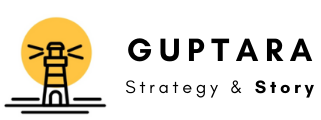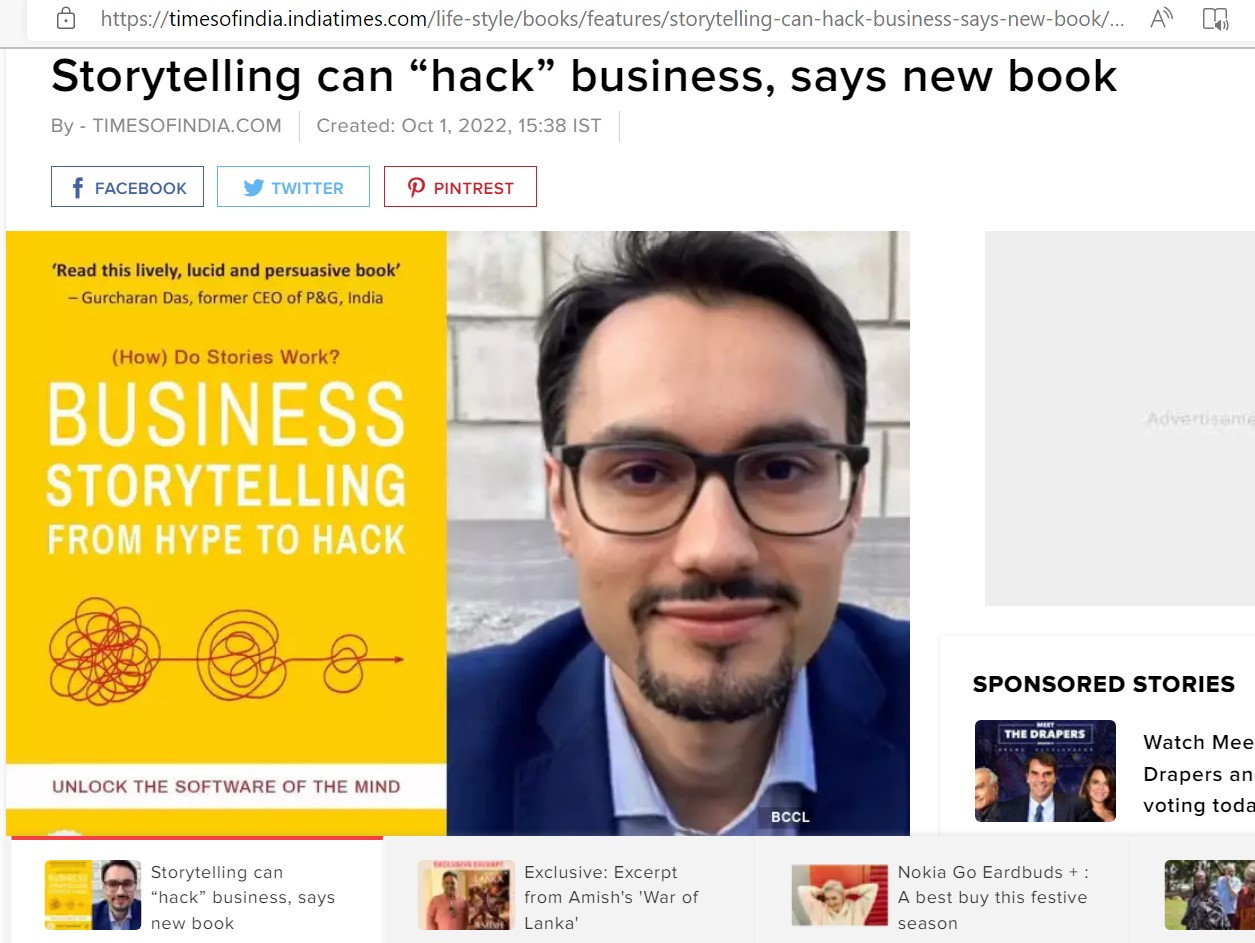With the business environment more unpredictable and business more competitive than ever, you need an edge. Fortunately, the change with the biggest impact on performance is free: telling business stories.
Communication barriers lead to a delay or failure to complete projects (44%), to low morale (31%), and missed performance goals (25%). Storytelling ‘hacks through’ communications challenges because “stories hack the brain”. Mastering storytelling will save you time for the rest of your life as people receive, believe and remember your message.
1) Hack leadership to engage the workforce.
People don’t hear what you say. They hear what you make them think about. They remember how you make them feel. Telling authentic stories and displaying socially appropriate vulnerability helps people to connect with you and trust you – in minutes rather than years. When people accept the messenger, they are more receptive to the message. Stories tap into the brain’s motivation centre. Why not become the leader everyone loves to listen to by making your points with a story? Intrinsic motivation will skyrocket.
2) Hack persuasion to get buy-in for a product or idea.
How do you ‘sell’ yourself or your company without coming across as bragging? While ‘salesy’ information is often confrontative, a story is collaborative. Rather than forcing your solution down anyone’s throat, your story invites people to naturally conclude that you are the solution. Ever wondered why people tend to decide emotionally first, and try and justify their decisions rationally later? Our brain is wired so that connections from the emotional systems to the cognitive systems are stronger than connections from the cognitive systems to the emotional systems. Stories engage the intellect and emotions.
3) Hack meetings to save time.
Inefficient meetings are a massive cost because they waste multiple people’s time, both during the meeting and afterwards when people try to implement unclear objectives. We spend one third of our time daydreaming – unless our subconscious is engaged with the task at hand. Business jargon is abstract, tires people, and sends the subconscious wandering. A concrete story, on the other hand, instantly gives people a clear picture and has everyone talking about the same thing. It engages both the conscious and subconscious mind.
4) Hack strategy to align a team.
At a US tech giant, 97% of top leadership said they understood the company’s strategy and aligned their work to it, but questioned further, one third could not list even one of the company’s five strategic priorities. Strategy is notoriously hard to communicate. You can hack this challenge by explaining strategic moves with this four-part narrative structure: First, how did things work in the past? Why did they work? Second, what change necessitated a pivot? Third, because the present is different from the past, what are new priorities? And fourth, the future’s pitfalls and potential. Bring the larger narrative to life with snapshot stories from each stage.
5) Hack culture to improve performance.
Strategy is meant to guide behaviour explicitly. To do so, it must align with your culture, the implicit guide to behaviour. But how do you change culture? By changing the stories. At a subconscious level, we cannot differentiate between the real and the imagined. We put ourselves in the story. In this way, stories model behaviour. When stories manage people and guide their behaviour, you don’t need to. Strategy and values, instead of merely sounding impressive, start being actually implemented.
Extracted from the book ‘Business Storytelling from Hype to Hack: Unlock the Software of the Mind’ by Jyoti Guptara, published by Pippa Rann Books (U.K.), distributed in India by Penguin Random House.
Jyoti Guptara is a novelist and business storytelling consultant.
Published in Times of India, October 1, 2022


Leave a Reply